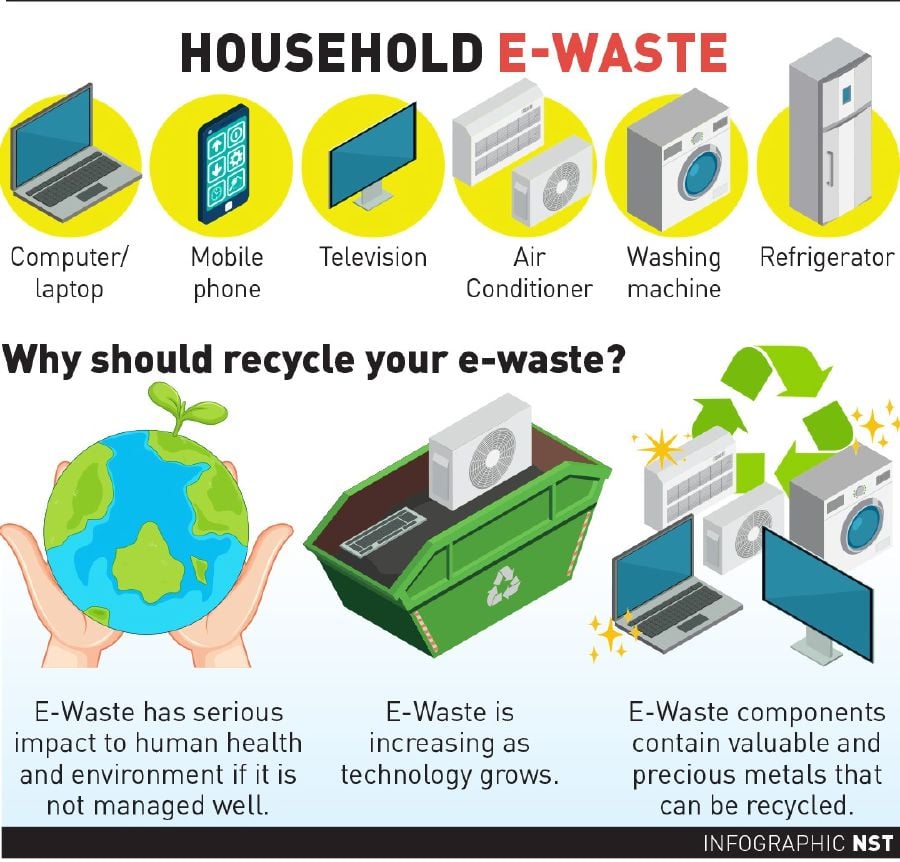The Definitive Guide for Recycling Lives Services
Table of ContentsExcitement About Recycling Lives ServicesEverything about Recycling Lives ServicesNot known Factual Statements About Recycling Lives Services Recycling Lives Services Can Be Fun For EveryoneNot known Facts About Recycling Lives Services

You can take all household electric items to Oxfordshire's waste recycling centres for reusing. If your thing remains in functioning condition, take into consideration donating it. If your electric thing is broken, you could search for a neighborhood repair caf where volunteers can fix it. You might also think about obtaining electric things that you do not make use of frequently. In addition, all Oxfordshire regional authorities approve vapes and e-cigarettes as a different kerbside collection. Disposable vapes be put inside your wheelie bins. How they are gathered in each area differs slightly; inspect you have the right info for your location. Use the Waste Wizardsearch tool to examine just how your regional authority accumulates this waste or locate other drop-off places in your location.
Portable batteries the kind you find in tiny handheld gadgets can likewise be recycled at the kerbside but not inside any one of your containers. Check the Waste Wizard for how to do this in your area. Larger shops that sell batteries additionally have collection factors for recycling old batteries. Batteries ought to always be removed from electrical things where they are made to do so and reuse separately, Energy-saving, LED and portable fluorescent light bulbs and tubes can be recycled at our reusing centres.
A Biased View of Recycling Lives Services
Older-style filament or halogen light bulbs can be disposed of in your general rubbish bin at home. Some Do it yourself shops additionally have collection points for light bulbs.

The Greatest Guide To Recycling Lives Services
Electric products are broken down into separate pasts to make sure that the different products they are composed of can be gotten rid of and recycled. Waste recycling centres are for use by householders only and can decline waste from business resources. However, small companies and traders have a task of treatment under this scheme, which implies they also have to follow the WEEE policies.
E-waste, digital waste, e-scrap and end-of-life electronics are terms often made use of to define made use of electronic devices that are nearing completion of their beneficial life, and are disposed of, contributed or provided to a recycler. The UN specifies e-waste as any thrown out items with a battery or plug, and includes toxic and unsafe materials such as mercury, that can position serious threat to human and environmental wellness.
Some Known Details About Recycling Lives Services
Just 17.4% of this digital waste, containing a blend of hazardous compounds and priceless products, will be tape-recorded as being appropriately accumulated, dealt with and reused - https://www.kickstarter.com/profile/rcyclng1vssvc/about. Many efforts are taken on to tackle this expanding concern, but none of them can be completely efficient without the energetic duty and proper education of consumers

Moreover, extracting disposed of electronics produces 80% less emissions of co2 per device of gold contrasted with mining it from the ground. In 2015, the removal of resources represented 7% of the world's energy consumption. This means that moving towards making use of even more additional resources in electronic goods can aid considerably in reaching the targets set out in the Paris Contract on environment adjustment.
The 9-Second Trick For Recycling Lives Services
Every device ever before produced has a carbon footprint and is adding to human-made worldwide warming. Manufacture a tonne of laptop computers and possibly 10 tonnes of CO2 are released. When the carbon dioxide released over a tool's lifetime is taken into consideration, it primarily takes place during production, prior to consumers purchase an item. This makes lower carbon processes and inputs at the production phase (such as use recycled resources) and item lifetime crucial determinants of general ecological impact.
Even in the EU, which leads the world in e-waste recycling, just 35% of e-waste is officially reported as properly collected and recycled. The lack of recycling weighs greatly on the global digital sector and as tools come to be more various, smaller and more complex, the issue escalates.
The remaining mass of e-waste primarily plastics laced with steels and chemicals poses a much more intractable problem. A new vision for the manufacturing and usage of digital and electrical goods is needed. It is easy for e-waste to be framed as a post-consumer trouble, but the issue encompasses the lifecycle of the gadgets everybody makes use of.